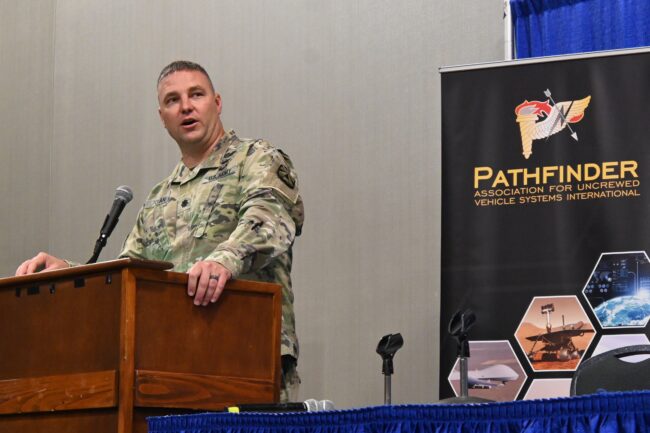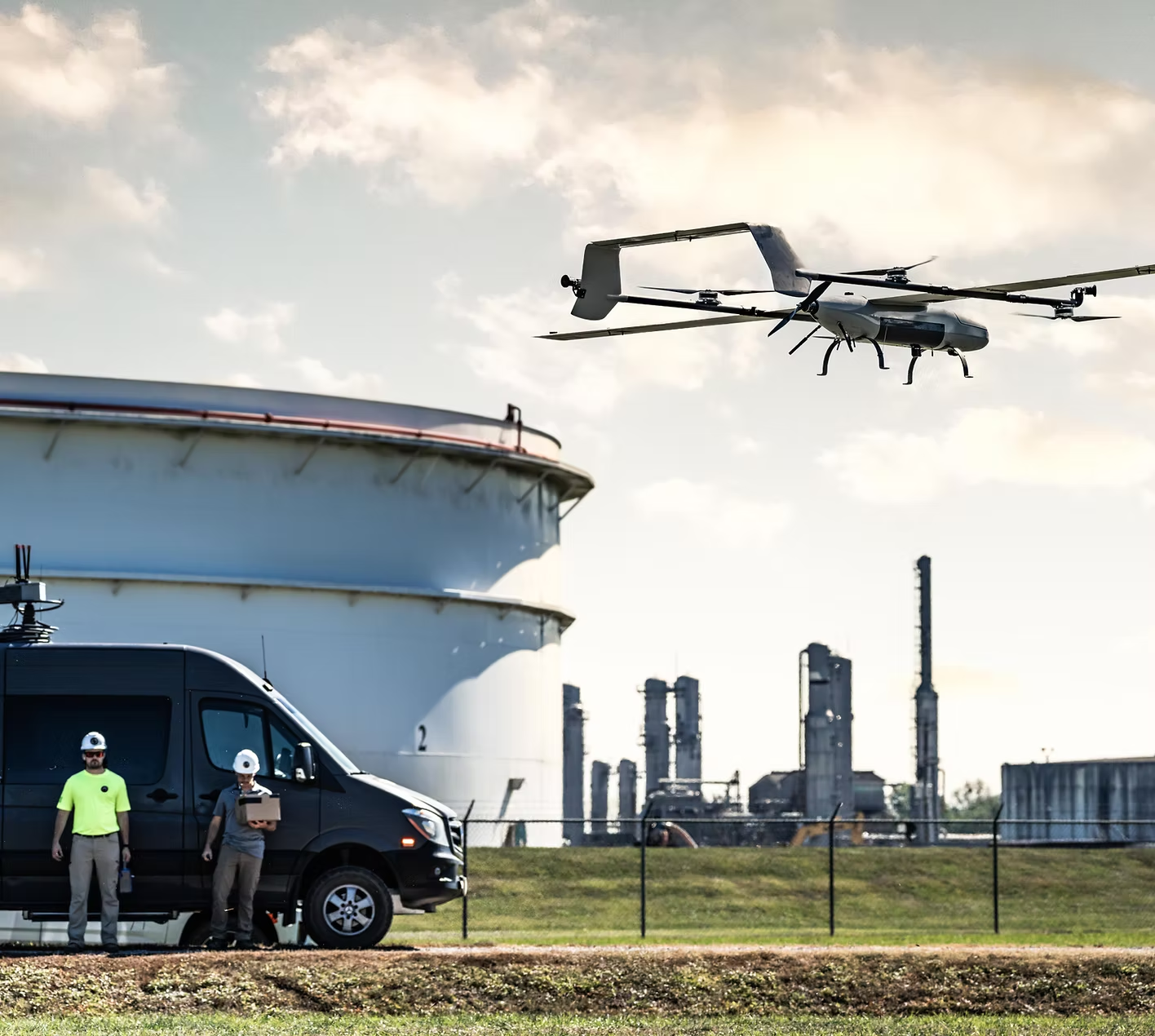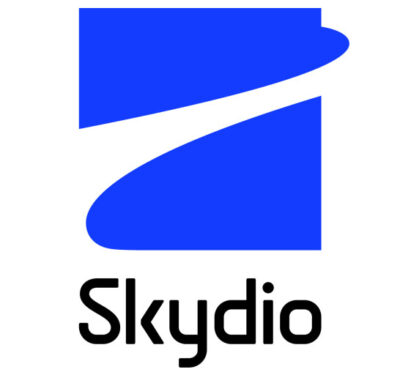
HUNTSVILLE, Alabama—The U.S. Army knows where it wants to be in a decade with its mixed of crewed, unmanned and autonomous systems, but the biggest obstacle to getting there is the budget, said Forrest Collier, the new chief of staff for Program Executive Office (PEO) Aviation.
Collier’s keynote kicked off the 34th Pathfinder Symposium, “Clearing the Way for Autonomy,” sponsored by the AUVSI Huntsville chapter, the organization’s oldest chapter.
“Budget is going to be the biggest obstacle to achieving our desired end state,” Collier said. “That is why we are investing so heavily in things like MOSA.”
MOSA stands for modular open-system approach. The National Defense Authorization Act of 2021 mandated that all defense programs, regardless of their size, must consider MOSA objectives in program planning.
The Army’s PEO Aviation, based in Huntsville, says this means all acquisition programs must use a modular design and system architecture for platform-specific hardware and software interfaces, so components can be incrementally added, removed or replaced. In addition, programs must aim for the maximum reuse of common hardware and software modules, tools and support equipment.
“We see it as the critical capability for the modernization of our fleet,” Collier said.
The U.S. Army is now operating more aircraft than the U.S. Air Force, including its unmanned aircraft, and “our tactical-level users are screaming for more,” he said.

Lt. Col. Nick Ryan, director of aviation platforms/Army Capability Manager-UAS, echoed Collier’s themes, highlighting the critical role of UAS and noting where the service is hoping to gain some efficiencies.
Unmanned systems and launched effects (LEs)—formerly known as air-launched effects—are in the top 10 service priorities, he said.
The Army will continue to improve the large Gray Eagle UAS and the much smaller Shadow. Both may eventually be replaced by vertical takeoff and landing platforms, but “there is not currently a requirement for something to replace the Gray Eagle,” Ryan said, and as for the venerable Shadow, “the platform is going to stick around a while, too.”
Speaking later, Lt. Col. Jeff Bess of PM UAS reiterated the Shadow will remain with the Combat Aviation Brigades, even as the Future Tactical UAS replaces it for Special Forces and Brigade Combat Teams. The Shadow recently began its block 3 upgrade, which includes a more powerful, quieter engine.
“Shadow is going to be around for a while, so we need to take care of it,” he said.
However, the Army wants to move away from large ground control stations. Ryan said, “We are getting away from the ground control stations. We do not want these giant boxes that have to be carried on the back of an LMTV [light medium tactical vehicle], can barely fit in a C-130, can’t be lifted with a Chinook, we don’t want that anymore,” in favor of systems such as the Scalable Control Interface (SCI) and the RAC-2 (Robotics and Autonomous Command and Control)—smaller, distributed systems.
As for LEs, which including loitering munitions and small intelligence, surveillance and reconnaissance vehicles, they are becoming “less attritable” as their payloads get more sophisticated and expensive.
“If it has some kind of payload other than a munition on it, we’re going to want it back at some point,” Ryan said.
LEs should also be more repairable by soldiers in the field, which “gets back to the budget, too,” he said. And, MOSA is a given. “If you’re not MOSA, don’t come talk to us,” he said.






